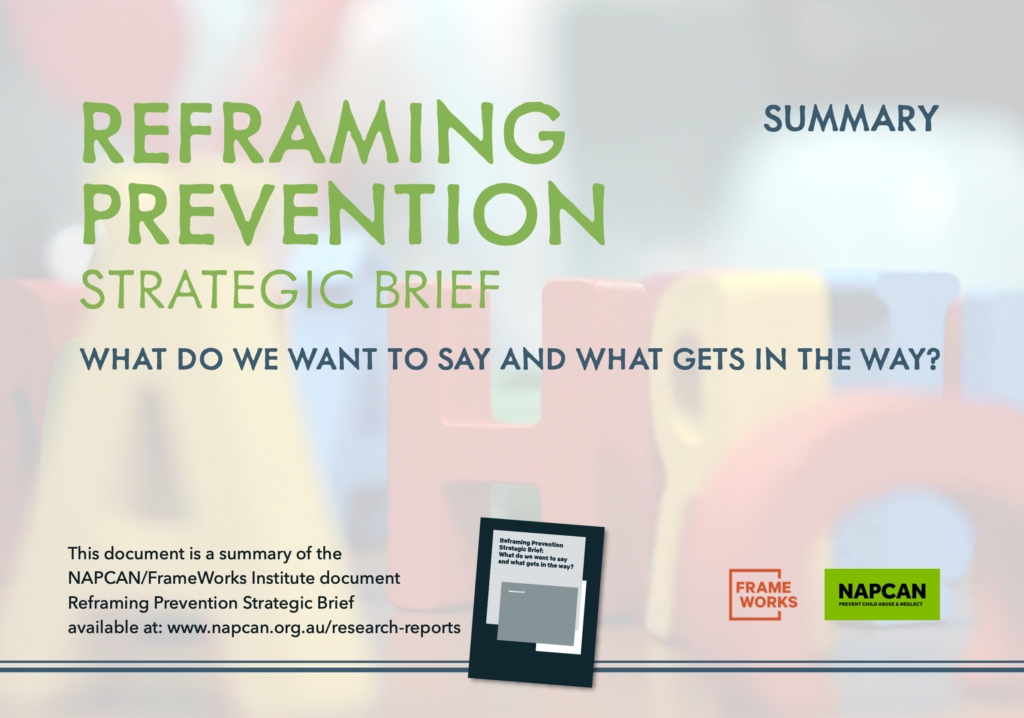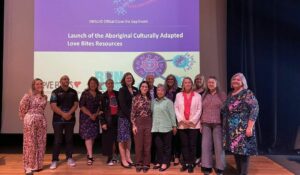NAPCAN social media ban positional statement
While we appreciate the Federal Government’s intention to address the challenges posed by social media, particularly concerning child safety and mental health, NAPCAN cannot endorse the proposed blanket social media ban. We believe a more nuanced, evidence-based approach is necessary to effectively tackle these complex issues. The harmful effects of




